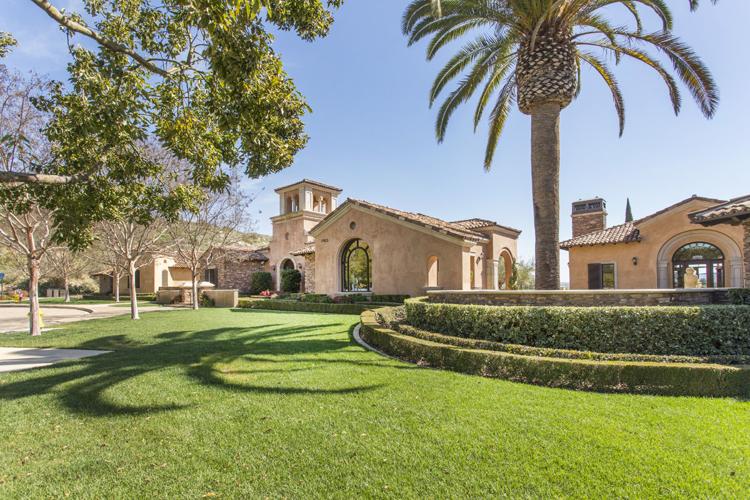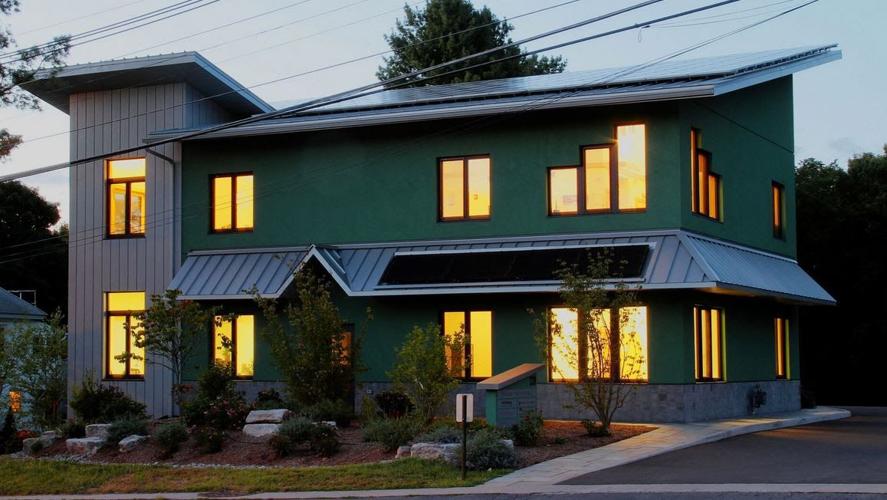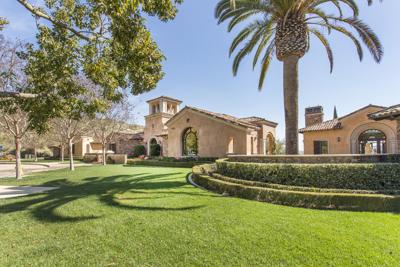High Performance Building Design Trends
If you’re a builder, you know that in order to succeed is to keep up with the latest building trends. While some of these trends may be purely aesthetic, there are a fair number of new materials available to help build homes and commercial buildings with greater energy efficiency, strength, and ecologically made components. In this article, we’ll take a look at some of these modern high-performance materials, including:
steel siding
ICF construction
efficient drainage
wood pilings
Read on to learn more about these high-performance building design trends.
Steel Siding

One of the most important parts of your building is siding. This is often overlooked in terms of creating not only a beautiful, low maintenance exterior but also a vital component of energy efficiency. Steel siding, in particular, helps create a modern look and style – the very first thing that gets noticed in a property and thus the perceived value. When steel siding is combined with an insulating layer, there can be significant energy retention in the building, as well as an added barrier to protect against the elements (i.e. excessive heat, rain, high winds). Because steel siding is virtually maintenance-free—the surface does not peel, chip, dent, crack, or fade—so maintenance and upkeep costs are kept to a minimum. No more scraping, painting, or repairing your siding over time, which can degrade a property’s curb appeal.
ICF Construction

Insulated concrete form, or ICF, is a type of building material that replaces typical wood-frame structures. When you look at insulated concrete form vs. wood frame construction, ICF is the clear winner with energy-efficient concrete that retains heat and reduces energy loss—which could mean 30-70% savings in overall energy consumption. ICFs are also more resistant to weather and natural disasters, something to keep in mind for areas that are plagued by tornados or hurricanes. Last, ICFs can help create better sound isolation, which allows for greater versatility in properties.
Efficient Drainage

It can be confusing to choose which type of drains are the most efficient. Let’s break down the pros and cons of each variety:
point drains: Of all the types of drains, point drains are the simplest. Essentially, a point drain collects water from a single point (known as a gully). This point resembles a drain in the middle of a shower floor, where drainage is put at a specific point due to topographical or structural needs. This point drain then connects to drainage pipes below. However, point drains require a lot of design considerations, including extensive excavation, and deep trench support. Also, they can present difficulties for heavily-trafficked areas.
trench drains: Also known as "channel drains", trench drains collect water from multiple locations simultaneously all along their length. In turn, this gives the trench drain system a higher capacity and reduces the chances of pooling or streaming water at the site. Trench drains are typically covered with a grate that is flush with the adjoining surface, which therefore requires shallower excavation and minimal trench support. Trench drains are easier to configure and can thus blend into their surroundings more easily than other types of drains
However, not all trench drains are equal in terms of usage and design. Let's take a look at 3 specific types of trench drains:
cast-in-place trench drains: traditional method proven for providing an extremely strong drainage solution, wood forms and rebar are used to cast a trench. However, these are labor-intensive and can create problems that develop over time, such as gaps that erode and are susceptible to debris blockage due to their inherent design. Lastly, they are expensive, which makes builders seek other types.
HDPE trench drains: As one of the newer types of drains available on the market, HDPE (short for High density polyethylene) is the one of the latest innovations in drainage systems. HDPE trench drains consist of pre-engineered modular channel sections, which are lightweight and easy to install. They also significantly reduce the cost and time of installation, as well as offer chemical resistance in industrial applications. However, HDPE trench drains require grates to close the system.
slot drains: Offering many advantages over cast-in-place and HDPE trench drains, slot drains are the most easy to install and durable type of drainage. Slot drains offer excellent hydraulics, chemical resistance and structural integrity, while--most importantly--they do not have grates. The lack of a grate improves safety, accessibility, makes them easier to clean and reduces initial expense and maintenance of a drain system.
Wood Pilings

While it may seem old fashioned, wood piling construction remains one of the most effective methods of providing maximum support for structures. The reason is that in many environments, where the surface substrate is weak, wood pilings can create a stable surface for concentrated loads, thanks to a pile-and-beam foundation. Wood pilings are easier to install than steel or concrete, which can speed up the process while crafting a novel solution to weak soil, sand, silt and other surfaces. More and more builders are choosing wood pilings because the material is readily available, a sustainable resource (which can lead to tax breaks), and cost effective.
Build With Sustainable Materials

As you can see, there are many new sustainable architecture trends available to builders today. By keeping up with new trends, builders can enjoy better energy efficiency, more elegant design, and ultimately more savings by incorporating the trends in this article. They can also make use of technology to attract Gen Zers as most commercial construction companies believe that they(Gen Zers) can help the construction industry innovate technologically more than their millennial predecessors.











(0) comments
We welcome your comments
Log In
Post a comment as Guest
Keep it Clean. Please avoid obscene, vulgar, lewd, racist or sexually-oriented language.
PLEASE TURN OFF YOUR CAPS LOCK.
Don't Threaten. Threats of harming another person will not be tolerated.
Be Truthful. Don't knowingly lie about anyone or anything.
Be Nice. No racism, sexism or any sort of -ism that is degrading to another person.
Be Proactive. Use the 'Report' link on each comment to let us know of abusive posts.
Share with Us. We'd love to hear eyewitness accounts, the history behind an article.